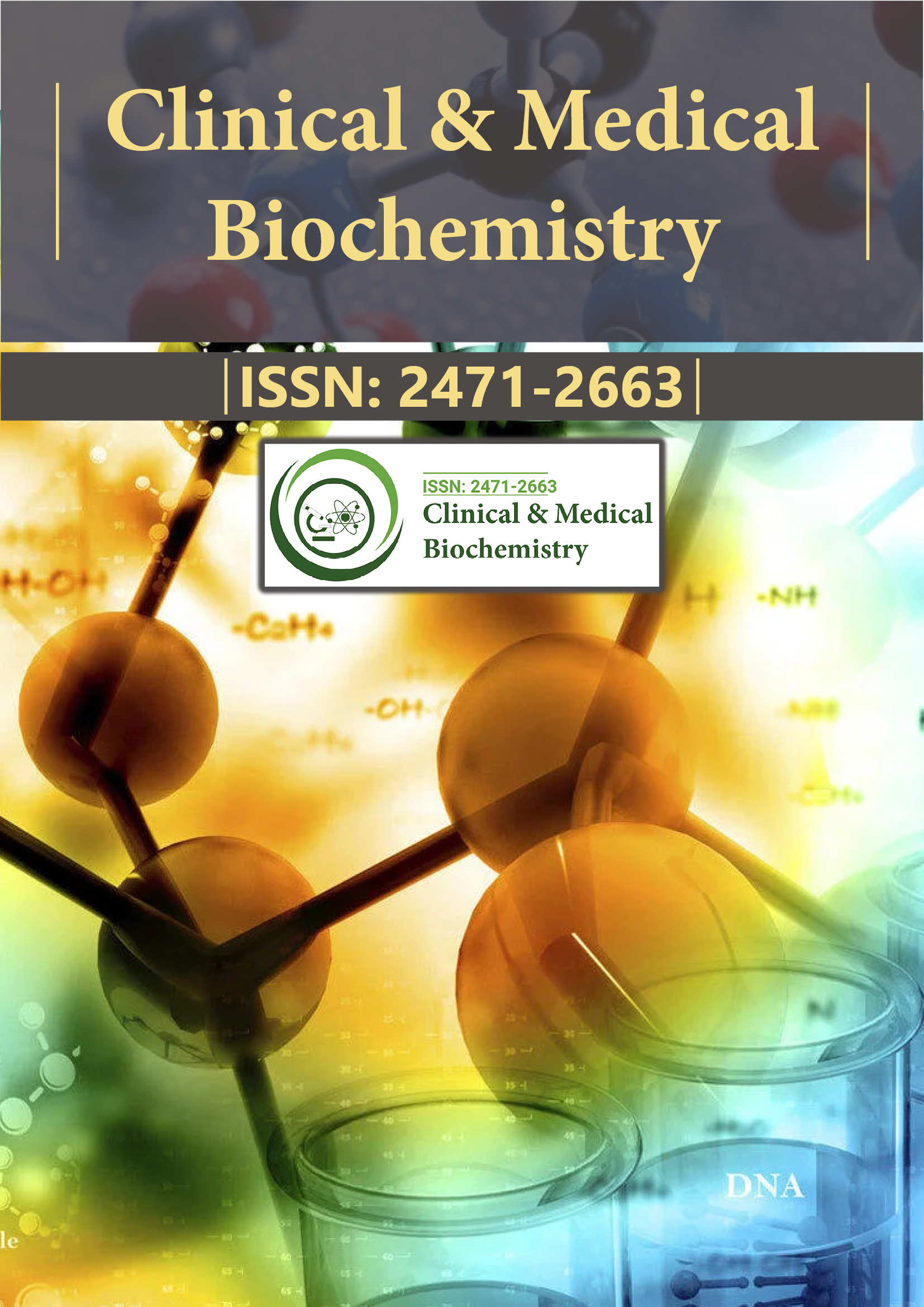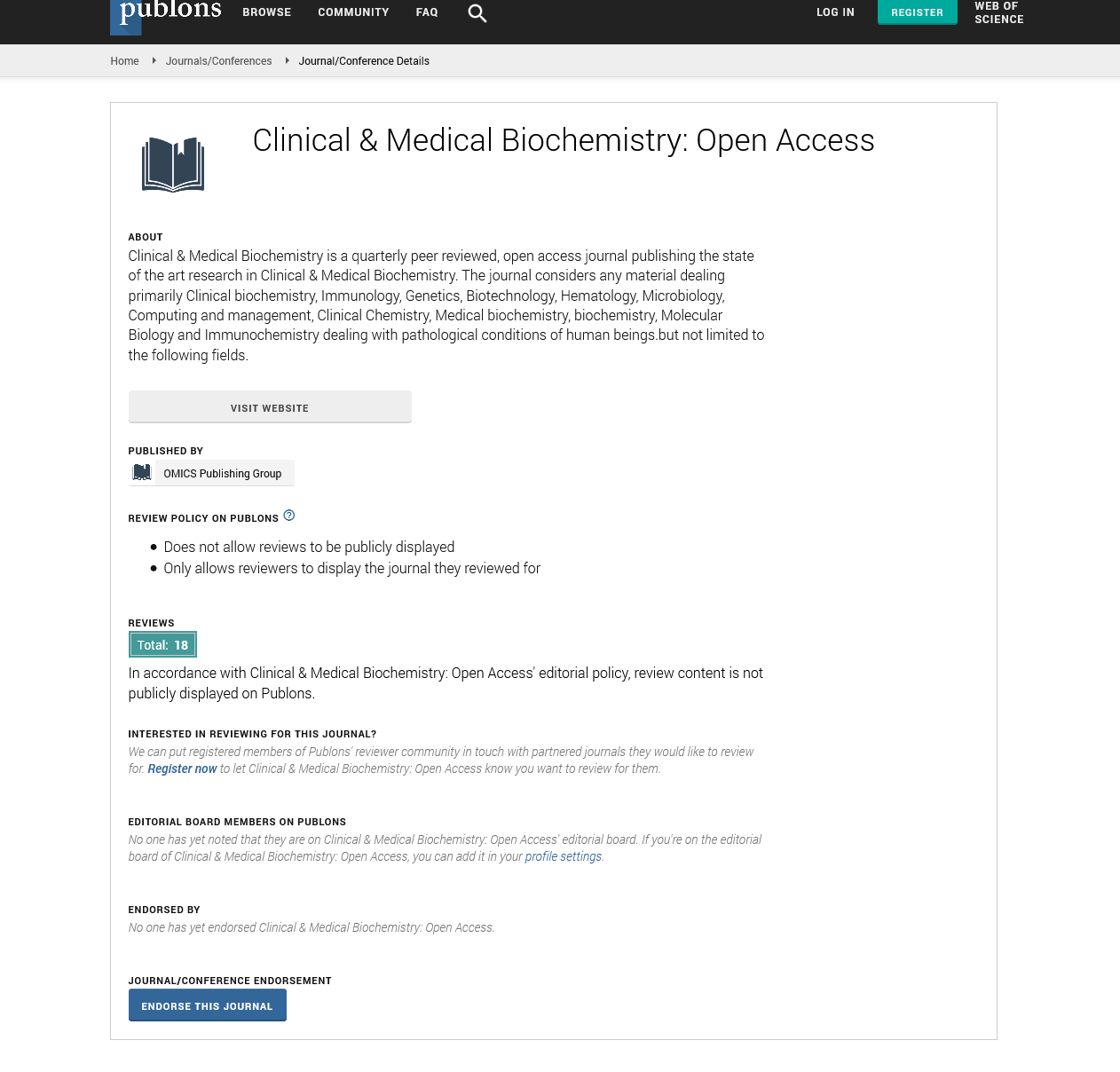Indexed In
- RefSeek
- Directory of Research Journal Indexing (DRJI)
- Hamdard University
- EBSCO A-Z
- OCLC- WorldCat
- Scholarsteer
- Publons
- Euro Pub
- Google Scholar
Useful Links
Share This Page
Journal Flyer

Open Access Journals
- Agri and Aquaculture
- Biochemistry
- Bioinformatics & Systems Biology
- Business & Management
- Chemistry
- Clinical Sciences
- Engineering
- Food & Nutrition
- General Science
- Genetics & Molecular Biology
- Immunology & Microbiology
- Medical Sciences
- Neuroscience & Psychology
- Nursing & Health Care
- Pharmaceutical Sciences
Perspective - (2024) Volume 10, Issue 3
Hodgkin's Disease Management, Ino Experience
James U. Bowie*Received: 02-Aug-2021, Manuscript No. CMBO-24-12077; Editor assigned: 05-Aug-2021, Pre QC No. CMBO-24-12077 (PQ); Reviewed: 19-Aug-2021, QC No. CMBO-24-12077; Revised: 02-Sep-2024, Manuscript No. CMBO-24-12077 (R); Published: 30-Sep-2024, DOI: 10.35841/2471-2663.24.10.224
Introduction
Cooperative research groups have used different definitions of the disease with favorable and unfavorable prognosis. The two most commonly used definitions of favorable disease are those offered by the European Organization for Research and Treatment of Cancer (EORTC) and the German Hodgkin Study Group (GHSG): EORTC defines the favorable prognostic group of limited-stage such as patients 50 years of age or younger; without large mediastinal lymphadenopathy; with Erythrocyte Sedimentation Rate (ESR) less than 50 mm/h and no B symptoms (or with ESR less than 30 mm/h in those with B symptoms); and disease limited to three or fewer regions of involvement .
Hodgkin's disease is lymphoma that affects men and women with a comparable incidence. Scleronodular (SN) cLHc has a peak incidence between ages 15 and 35, while mixed Cellularity (CM) cLHc has a bimodal distribution with a peak in young adults and the second pic in older adults. In our series the average of age found was 36.2 years and the sex ratio of approximately. In the literature, the subtypes LHc represents: SN 70%, 20%-25% CM, rich in cell 5% Lymphocyte depletion <1%. We find a similar distribution in our series.
Description
Cooperative research groups have used different definitions of the disease with favorable and unfavorable prognosis. The two most commonly used definitions of favorable disease are those offered by the European Organization for Research and Treatment of Cancer (EORTC) and the German Hodgkin Study Group (GHSG): EORTC defines the favorable prognostic group of limited-stage such as patients 50 years of age or younger; without large mediastinal lymphadenopathy; with Erythrocyte Sedimentation Rate (ESR) less than 50 mm/h and no B symptoms (or with ESR less than 30 mm/h in those with B symptoms); and disease limited to three or fewer regions of involvement. The GHSG defines the limited stage, favorable prognostic group, as patients with no more than two disease sites; no extra-ganglionic extension; no mediastinal mass measuring one-third of the maximum chest diameter or more; and ESR less than 50 mm/h (less than 30 mm/h for symptoms B). The favorable localized stages (IA, IIA) without factors of poor prognosis represented only 20.4% of our patients according to the criteria of the EORTC, which suggests a late diagnosis in our patients.
Radiation therapy has moved from Wide-Field Radiation Therapy (EFRT) to Involved-Field Radiation Therapy (IFRT), reducing toxicity while maintaining high cure rates. Recent publications recommend further reduction of Involved Node Radiotherapy (INRT). In our study, almost all of the patients had Involved Field Radiation Therapy (IFRT).
The overall survival of our patients after 84 months of follow-up was 72.9% with an event-free survival confused any stage of 65.1%. Sasse et al., analyzed updated follow-up data from 4,276 patients treated in the HD7 and HD10 trials of the German Hodgkin study group for early-stage favorable HL and HD8 and HD11 for early-stage unfavorable LH between 1993 and 2003 and found a progression-free survival (PFS) at 15 years of 73% versus 52% in favor of the combined treatment.
Conclusion
Hodgkin lymphoma is a curable malignant tumor in the early and late stages. Most patients are diagnosed in adolescence or twenties; the toxicity of the treatment must be balanced with the goal of healing. Thus, the treatment has been refined over the years through prognostic models and directed therapy by Positron Emission Tomography (PET-CT).
Citation: Bowie JU (2024) Hodgkin's Disease Management, Ino Experience. Clin Med Bio Chem. 10:224.
Copyright: © 2024 Bowie JU. This is an open-access article distributed under the terms of the Creative Commons Attribution License, which permits unrestricted use, distribution, and reproduction in any medium, provided the original author and source are credited.

